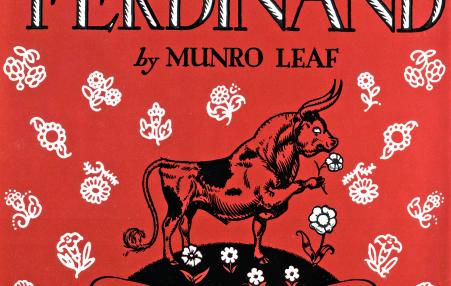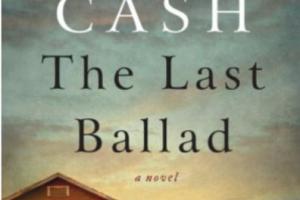Left History - Gil Green: Mensch and Mentor
Monthly Review
 Published by Viking Press in 1936, the release of Ferdinand came during the era of the Great Depression. That year also saw the outbreak of the Spanish Civil War. In light of these events, Ferdinand started to take on a much greater significance. Ferdinand, the bull presented a Spanish character who stood out from society and refused to fight. Those who supported the violent uprising that was led by Francisco Franco viewed it as pacifist propaganda and they banned its publication.
Published by Viking Press in 1936, the release of Ferdinand came during the era of the Great Depression. That year also saw the outbreak of the Spanish Civil War. In light of these events, Ferdinand started to take on a much greater significance. Ferdinand, the bull presented a Spanish character who stood out from society and refused to fight. Those who supported the violent uprising that was led by Francisco Franco viewed it as pacifist propaganda and they banned its publication.
 A novel set in the context of the historic Gastonia strike of textile workers in 1929 and featuring labor songwriter and indigenous strike leader Ella May Wiggins, the book, based as it is on an actual struggle uniting black and white workers, speaks to contemporary concerns through a vivid portrayal of struggle against historical injustice.
A novel set in the context of the historic Gastonia strike of textile workers in 1929 and featuring labor songwriter and indigenous strike leader Ella May Wiggins, the book, based as it is on an actual struggle uniting black and white workers, speaks to contemporary concerns through a vivid portrayal of struggle against historical injustice.
 Millions of people are protesting Trump's ascension to power, beginning with the powerful Women's Marches the day after Trump assumed office. Street demonstrations, rallies, mass Congressional phone calls and town hall meetings, and much more have continued since. How best to build this resistance movement? While we can learn from many sources, the success of the United Front and Popular Front strategies of the 1930's and beyond provide important lessons for us today.
Millions of people are protesting Trump's ascension to power, beginning with the powerful Women's Marches the day after Trump assumed office. Street demonstrations, rallies, mass Congressional phone calls and town hall meetings, and much more have continued since. How best to build this resistance movement? While we can learn from many sources, the success of the United Front and Popular Front strategies of the 1930's and beyond provide important lessons for us today.
Spread the word